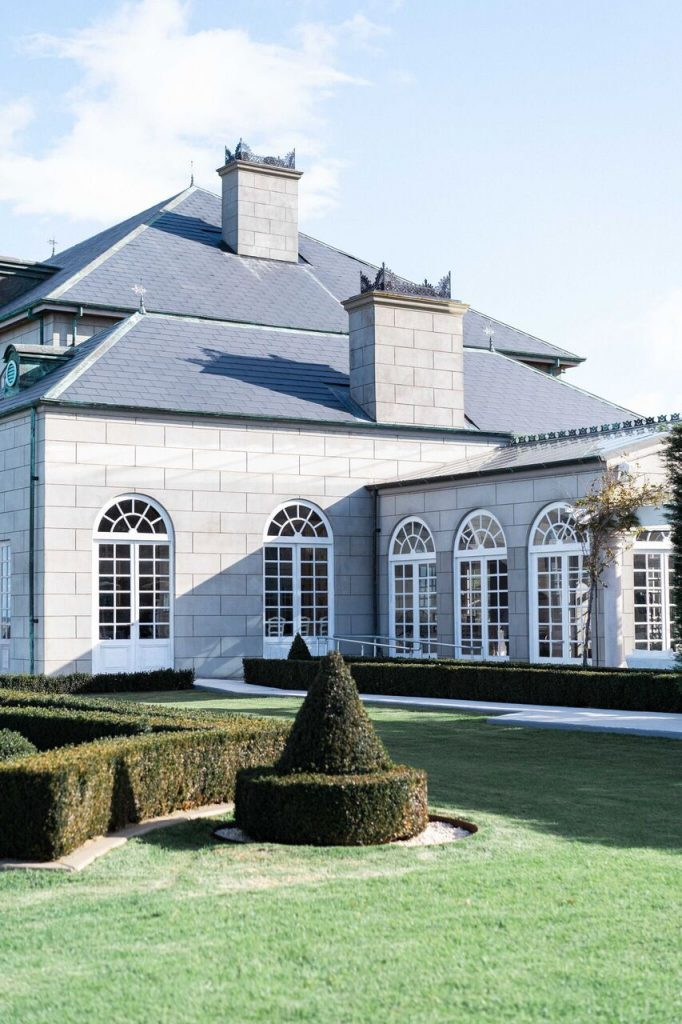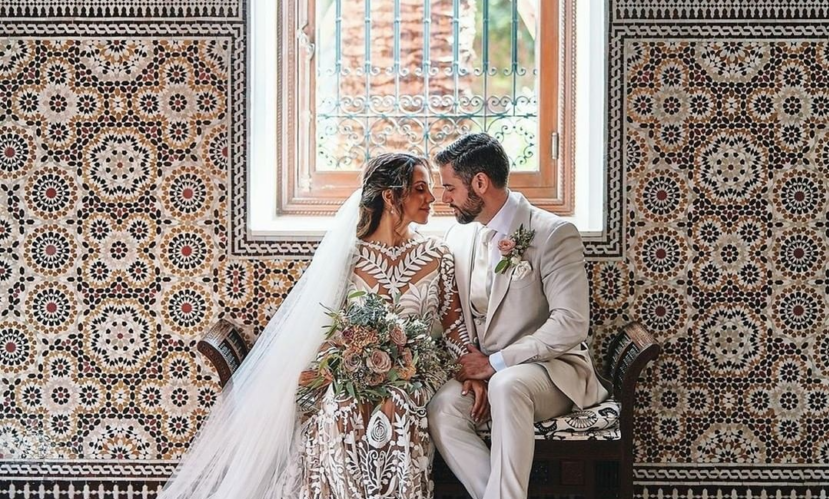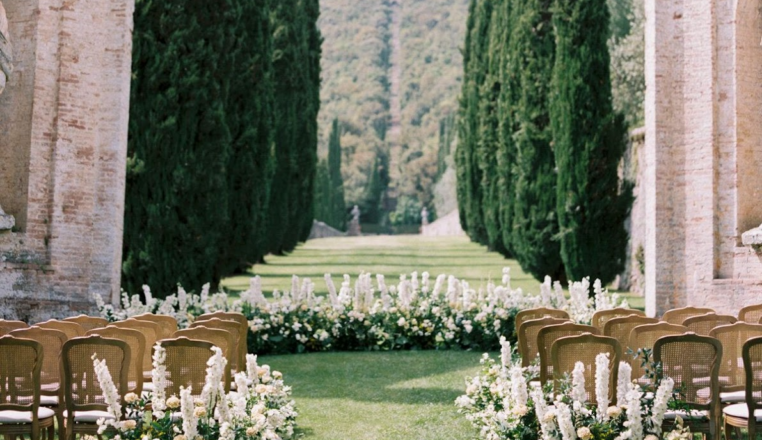Planning a destination wedding in Australia, one of the best destination countries for a memorable wedding, is a fantastic option because this beautiful country has an abundance of stunning landscapes, bustling towns, and distinct cultural experiences. If you live abroad and wish to tie the knot in Australia, this guide will help you navigate the process with ease. We’ll give you all of the information you need to arrange your dream destination wedding in Australia, from researching gorgeous venues down to the nitty gritty of comprehending legal requirements.
Table of Contents
How to Plan a Destination Wedding in Australia if You’re Overseas
1. Explore Australia’s Diverse Wedding Destinations

Australia boasts of a diverse range of wedding destinations that cater to various tastes and preferences. From the golden beaches of the Whitsundays to the breathtaking vineyards of the Hunter Valley, each region offers its own distinct charm. Research popular wedding destinations like Sydney, Melbourne, Brisbane, Perth, and the Great Barrier Reef, considering factors such as climate, scenery, and local attractions. This will help you narrow down your options and choose a location that aligns with your vision.
2. Engage the Services of a Local Wedding Planner
Hiring a local wedding planner is a game-changer when it comes to planning your Australian destination wedding. Their in-depth knowledge of the local industry and connections with reliable vendors will be invaluable. A skilled planner can help you navigate logistics, recommend trusted suppliers, and ensure a seamless experience from afar. Collaborating with a professional who understands the Australian wedding scene will alleviate stress and allow you to focus on enjoying your special day.

3. Arrange a Visit to Australia for Venue Selection
If possible, plan a visit to Australia to personally explore potential wedding venues. This will allow you to experience the ambiance, visualize your ceremony, and meet vendors face-to-face. Visit venues that catch your eye, sample catering options, and take in the surroundings to ensure they align with your wedding vision. If an in-person visit is not feasible, use virtual tours, video calls, and recommendations from your wedding planner to make well-informed decisions about the venue.
4. Familiarize Yourself with Australian Legal Requirements
It’s essential to understand the legal requirements for getting married in Australia, as they vary between states and territories. Research the specific laws and regulations of your chosen location, ensuring you have the necessary documentation, such as passports and birth certificates. Planning a destination wedding in Australia requires understanding and complying with the country’s legal requirements:
- Obtain a marriage license by lodging a Notice of Intended Marriage (NOIM) at least one month before the wedding.
- Ensure you have the necessary documentation such as passports, birth certificates, and any required translations.
- You and your partner must be at least 18 years old, and the ceremony must be conducted by an authorized celebrant or religious minister.
- Two witnesses, at least 18 years old, must be present.
Allow sufficient time to obtain any visas or permits required for your wedding. Consulting your wedding planner or reaching out to local authorities will ensure you comply with all the legalities smoothly. You can plan your timeline accordingly: 6-12 months for research and choosing a destination, 4-6 months for finalizing details with a planner and confirming the marriage license, 2-4 months for arranging travel and accommodations, and 1 month for double-checking documents and communicating with guests. It is also important to note that on the wedding day, you should have an authorized celebrant or minister perform the ceremony with the required witnesses present.

5. Set a Realistic Budget and Stick to It
Destination weddings in Australia can incur additional expenses, including travel and accommodation costs for both you and your guests. It’s important to establish a realistic budget early on and allocate funds to various aspects of your wedding, such as the venue, catering, photography, and accommodations. Keep in mind that the average cost of an Australian wedding, according to figures from ASIC’s Moneysmart website and online marketplace Oneflare, ranges from $36,000 to $51,000.
This average cost does not include the added expenses of travel and accommodation for your guests. By setting a budget and sticking to it, you can make informed decisions and avoid any financial surprises along the way. Your wedding planner can provide valuable guidance on cost-effective options and assist you in staying within your budget.
6. Communicate Detailed Information to Your Guests
Since your guests will be traveling from overseas, effective communication is crucial to ensure a smooth experience. Create a wedding website or send out detailed invitations that include essential information about accommodation options, transportation, and any pre- or post-wedding events. Assist your guests in making travel arrangements by providing guidance on flights, local transportation, and nearby accommodation options.
It’s important to remind them to obtain the relevant visa before coming to Australia, as it is necessary for entry into the country. Additionally, offer recommendations for local attractions and activities they can enjoy during their stay, making their trip to Australia a memorable one. Clear and thorough communication will not only enhance their experience but also help them feel well-prepared and excited for your special day.

7. Consider Australia’s Climate and Seasonality
Australia’s climate varies significantly across its regions, so it’s important to consider weather patterns when planning your wedding. Research the typical weather conditions during your chosen wedding month and factor in seasonal variations, rainfall, and extreme temperatures. If you opt for an outdoor ceremony or reception, have contingency plans in case of unexpected weather changes.
Australia’s climate varies across regions, so it’s crucial to research weather patterns for your wedding. Here are brief descriptions for each season in key Australian regions:
- Summer (December to February):
- Sydney and New South Wales: Warm temperatures, occasional rainfall.
- Melbourne and Victoria: Hot weather, occasional heatwaves.
- Queensland and the Great Barrier Reef: Hot and humid conditions, the possibility of tropical storms.
- Spring (September to November):
- Sydney and New South Wales: Mild to warm temperatures, lower chances of rainfall.
- Melbourne and Victoria: Mild to warm weather, lower chances of rain.
- Queensland and the Great Barrier Reef: Warm and pleasant conditions, lower chances of rain.
- Autumn (March to May):
- Sydney and New South Wales: Mild to warm temperatures, lower chances of rainfall.
- Melbourne and Victoria: Mild weather, lower chances of rain.
- Queensland and the Great Barrier Reef: Warm and pleasant conditions, lower chances of rain.
- Winter (June to August):
- Sydney and New South Wales: Mild temperatures, occasional rainfall.
- Melbourne and Victoria: Cool to mild weather, occasional rain.
- Queensland and the Great Barrier Reef: Warm and dry conditions, minimal rainfall.

